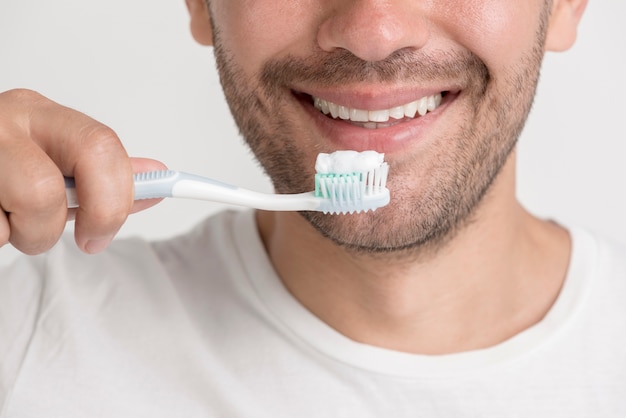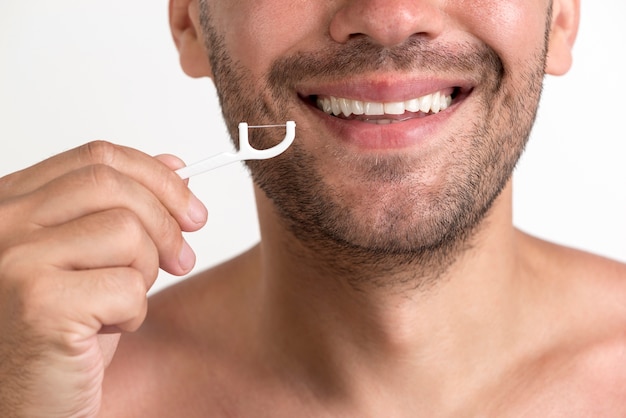While it isn’t always easy to maintain an excellent dental care routine, the truth is that time invested in dental care is always time well-spent. Here are just a few basic practices that people can use to take care of their teeth and gums, and why doing so can be an immensely rewarding process in the long-term.
1. Proper Brushing

While there isn’t a consensus on how much time people should spend brushing their teeth in a 24-hour period, most dental professionals recommend brushing at least twice a day for two minutes in each session. Because bacteria can regularly begin to grow in the mouth after a meal or during sleep, regularly brushing is a particularly important step towards maintaining good dental health.
According to leading dentists, brushing the correct way is also an important step in maintaining healthy teeth and gums. For example, brushing too hard may irritate a person’s gum line, and delicate brushing can be far more effective as a means to combat the film of bacteria (also known as dental plaque) that naturally builds up in the mouth over the course of a day.
2. Regularly Drinking Water

When mouths become dry, they become safe-havens for bacteria. That can result in serious wear on teeth and the development of tartar and cavities. As part of a great dental care routine, regularly drinking water can do much to help gums and teeth stay healthy.
3. Getting Implants When Necessary

Despite the fact that dental implants cost less than most people might imagine, many individuals avoid getting implants for fear of the expense involved in having them placed by a dentist. Implants can help individuals by acting as an anchor for bridges and other dental restorations; they can also significantly aid in the process of chewing food.
Looking for an alternative to braces? In the long-term, dental implants cost far less than alternative forms of treatment that may be needed at a later date. Because they enable individuals to preserve their natural and proper bite, implants can also significantly reduce wear and tear on other teeth. Brushing and flossing implants is also easy, making them a simple and cost-effective solution for many people. Here is everything you need to know about dental implants.
4. Brushing the Tongue

Too often, people neglect to brush or scrape their tongue after brushing their teeth. Because of their porousness, tongues can act as repositories for bacteria that seriously damage tooth enamel and gum health. Brushing the tongue should be treated as an important part of any good brushing routine.
5. Proper Flossing

While flossing can feel like a pain at times, the truth is that flossing once a day ranks alongside regular brushing as one of the best things that a person can do to maintain a healthy dental care routine. Floss should be run down each side of a tooth about three times to whiten your teeth.
As with brushing, individuals should be delicate with their gums when flossing; for example, flossing too strenuously or “snapping” the floss into place can cause gums to become irritated and even inflamed. Curving the floss into a front-to-back “C” shape can also allow individuals to properly clean hard-to-reach areas of their teeth. For these reasons, finding the right dental care routine can be a life-changing experience for the better. By properly flossing, brushing, and speaking with trusted dental professionals like Dr. Mark Rhody Dentistry about the benefits of implants, individuals can create a great standard of dental health for themselves. Truly, that is dental care done, right!

